About a month ago I went to two really interesting events by Sergei Boutenko. Both events were put on by Raw Events Australia.
You may have heard of the presenter, Sergei, who is known as being a member of the raw family. Their family became famous for recovering from many chronic illnesses such as diabetes and asthma by adopting a diet high in raw foods.
The events I attended were a lecture and walk about wild edible plants and raw food. Sergei's talk was very entertaining and insightful.
Sergei Boutenko has gained a lot of experience about wild edible plants and weeds from hiking and trekking around the world and by living off wild edible plants and eating a raw food diet.
 Our delicious green smoothie sample (and yes it was really delicious) we tried at the talk.
Our delicious green smoothie sample (and yes it was really delicious) we tried at the talk.
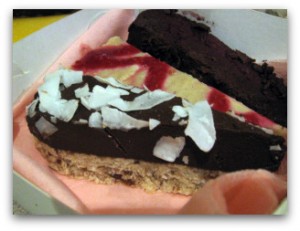 I tried a few types of raw cakes from Naked Treaties at the talk. (Really yummy!)
I tried a few types of raw cakes from Naked Treaties at the talk. (Really yummy!)
Here I’m going to talk to you a little bit about what we learned on the walk (we learnt about over 21 plants in the area- so I'm only going to tell you about a few) and show you some pictures of the wild edibles we discovered and a little bit of information about each!
Wild Edible Weed Walk and Lecture
In the talk Sergei told us about quite a few wild edibles such as: Purslane, Lamb’s Quarter’s, Clover, Grass, Dandelion and many more.
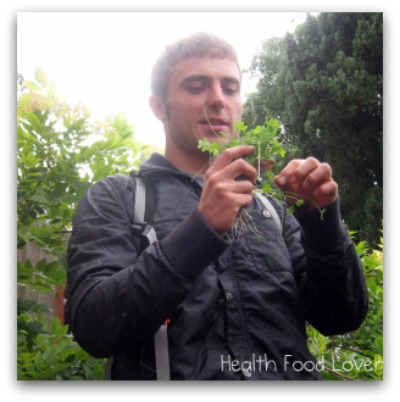 Sergei Boutenko talking to us about the wild edible, sour grass.
Sergei Boutenko talking to us about the wild edible, sour grass.
In the wild edible walk, which was held around the Abbotsford Convent in Melbourne we had a stroll to discover the wild edible plants in the area. Sergei pointed out to us different edible plants, explained to us certain uses and identifying characteristics of the plants to help us decipher those plants from others in the wild.
The kind of plants he talked about were weeds, plants that were invasive. He made a good point saying that as they are able to reach water they could also be mineral rich from finding the water and nutrients in the soil.
When we set out on our walk the first thing Sergei mentioned when wild crafting, was for us to use all our senses (sight, smell, touch, taste) and taste being the last sense to use (to keep us safe!)
• Grass– The first wild edible we talked about.
Identifying Characteristics: We all know what grass looks like- it's on the ground! Sometimes it's quite green and lush and in other places the grass might be a bit dull and yellowy.
Most of us know what grass is- depending on where you live it’s pretty much everywhere (though some parts of Australia, it’s quite dry)! Sergei mentioned there are over 400 varieties of grass!
Uses:
He mentioned that he visited some people during his tour in QLD and they used grass in their green smoothies! He said you can also use them in a poultice or juice them.
• White Oak– Leaves and acorns
Uses: He said both the leaves and acorns can be used. You can make a tea out of the leaves and you can soak and eat the acorns, as a sources of EFAs.
• Naturism– Leaves, stems and flowers (This was the first wild edible that I had on my South African trip last year.
Uses: Great in salads and has a bit of a peppery taste.
• Wild Carrot– he advised against eating these.
• Cleaver
Identifying Characteristics: The sticky stems and burrs will stick to you!
Uses: Because of their stickiness he said he doesn’t use them in salads but he does use them in green smoothies.
• Plantain
Identifying Characteristics: If you tear a leaf in half you will notice stringy fibres.
• Clover
Identifying Characteristics: Three heart shaped leafs. And a grey diamond that crossed each leaf.
• Purslane (Pigweed)
Parts used: Leaves, stems, roots and seeds.
Uses: The seeds are said to be high in fat and protein.
• Lemonbalm
Parts Used: Leaves
Identifying Characteristics: Looks a bit like peppermint.
• Mallow/Malva
Uses: Great in salads and smoothies. The leaves have mucilaginous effect so they can make your smoothies quite smooth and creamy.
Notes and Tips:
Sergei told us the the first thing to do before wild-crafting is to research which plants are poisonous in our area and how to identify them (so we can avoid them). He really stressed that we find that out to help prevent us from getting sick from eating/using the wrong plants and/or poisonous ones. In the resources below I’ve put a few links to the poisonous and edible plants. If we find some plants that we know are edible we should also try and be cautious as to not destroy the plant or use too much of it at once.
Now
Now a month after the talk and walk I still feel really inspired to look around in my town (and my backyard) and research and try more wild edible plants (and since the events I have found quite a few wild edibles in my own backyard!). Why do this? Because wild edible weeds are free, everywhere (almost) and are highly nutritious! I'll be posting a few recipes using wild edible plants so have a look out for that!
Resources and Further Reading:
A book I highly recommend (and recently purchased) is Tim Lowe’s book called Wild Food Plants of Australia. It's a great guide and has a lot of colour pictures to help you identify the plants.
Australian Native Poisonous Plants
Research:
A study funded by the NHRMC found that certain wild green vegetables contained higher concentrations of lutein (sow thistle>amaranth>purslane>dandelion) and beta-carotene (sow thistle>amaranth>purslane=dandelion) than those of the cultivated plants they tested against (chicory and endive) [source].

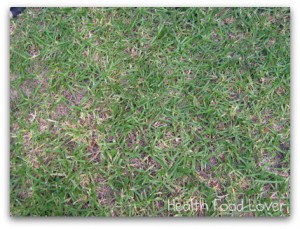

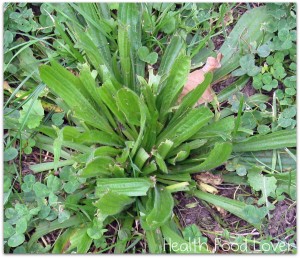
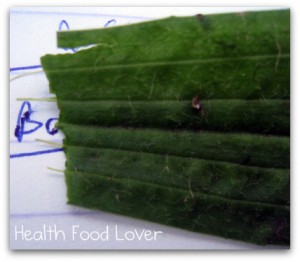
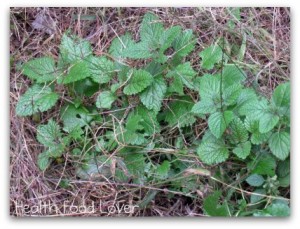
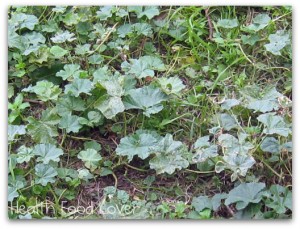





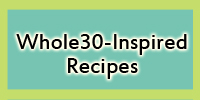
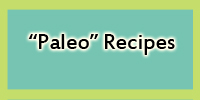
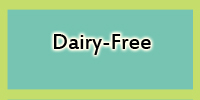
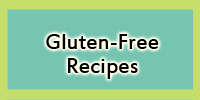
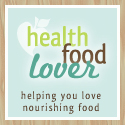







{ 2 comments… read them below or add one }
Hi
Am growing pumpkin in backyard. Fruit not available as yet, but is any other part part of the plant ie leaves, stem, vines & flowers edible as they are extremely abundant.
If so how do I prepare them?
Thanks
Rojeur Namour
Hi Rojeur,
Those big flowers are edible. Stuff with guacamole, serve on a bed of lettuce and consume raw!
Thanks for asking,
Debi